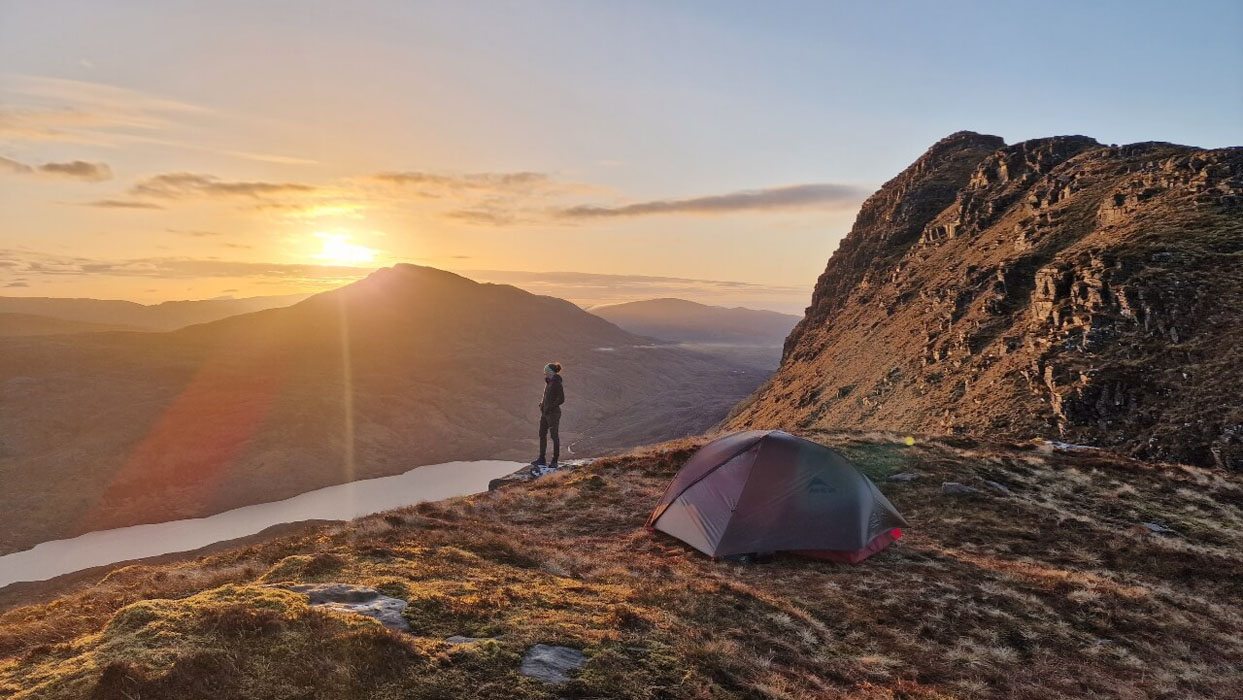
Congratulations on making the decision to level up your adventures from day hikes to multi-day hikes! Whether you aspire to simply escape the city for an adventurous weekend, or if you’ve set your sights on hiking across a whole country, INOV8 ambassador Nic Hardy will walk you through how to plan and prepare for an awesome multi-day hiking trip.
Despite taking up hiking fewer than 10 years ago, Nic has a series of multi-day hikes under her belt. From solo coast path yomps sleeping wild in her bivvy bag, to social overnight hikes with friends. She’s also recently completed the 700km Alpine Passes Trail over countless mountain passes across the southern Swiss Alps this August.
How to choose a hiking route
This is one of my favourite parts of the multi-day hike planning process. I get inspiration from guidebooks, hiking websites, social media and hiking apps like komoot, where you can discover recommended hikes by distance, location, difficulty, elevation and more.
Picking the right trail for me often depends on how much time I can get off work and finding a trail that fits that timeframe in an area I want to explore.
If this is your first multi-day hike, start small with a long weekend route before tackling a week-long route so you can test out how many miles you are comfortable walking day after day.
With a couple of multi-day hikes under my belt I was soon plotting my own long-distance routes like my 330km hike from the hospital I was born at in Sheffield to my current home in Cockermouth, Cumbria. I linked classic trails across the Peak District, Yorkshire Dales and Lake District National Park and created a route that was special to me and as a result it was doubly enjoyable.
What Do You Want To Get Out Of Your Hiking Trip?
It’s important to pick a trail that fits your personal likes and dislikes, as well as your fitness level and experience, for example:
- Hadrian’s Wall Path is steeped in history with so much to learn along the way
- On Wainwright’s Coast to Coast you can say you’ve dipped your toes in two different seas at the start and finish
- Walking a coast path usually means you get to appreciate stunning sea views for the entire trip
- National Trails tend to be well marked, easy to navigate and sociable as they’re more popular
- A lesser-known trail like the Sutherland Trail in the northern Scottish Highlands will be pathless in part so will be challenging underfoot but you’ll be completely alone for 90% of it
- Britain has 100s of pilgrimage routes and a long distance hike can be a spiritual experience for many
Check out some of my recommendations for the UK’s best hiking trails.
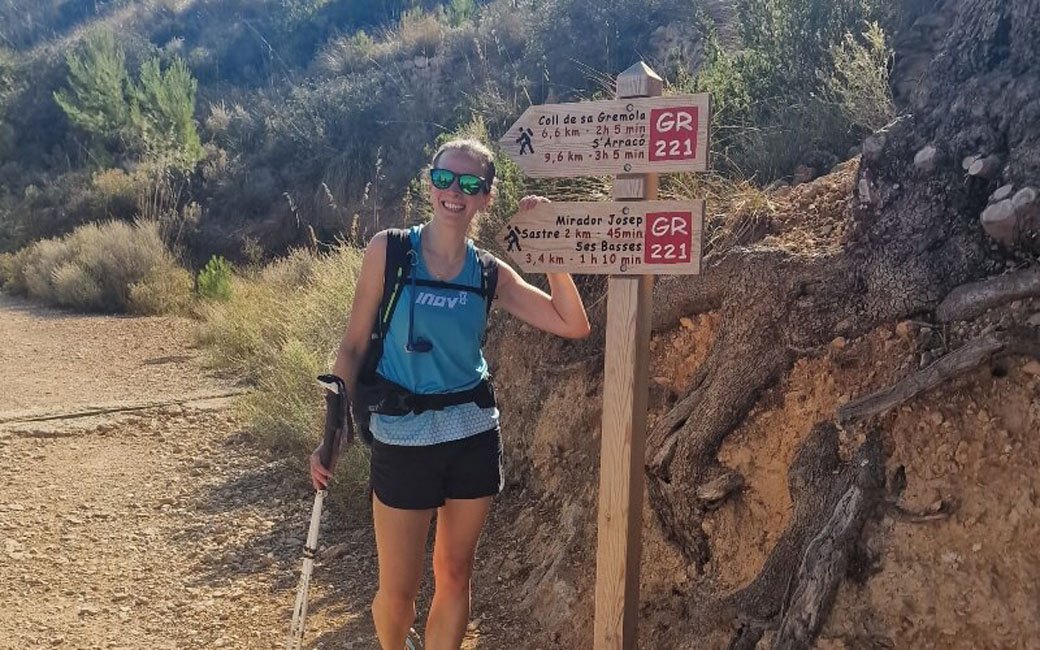
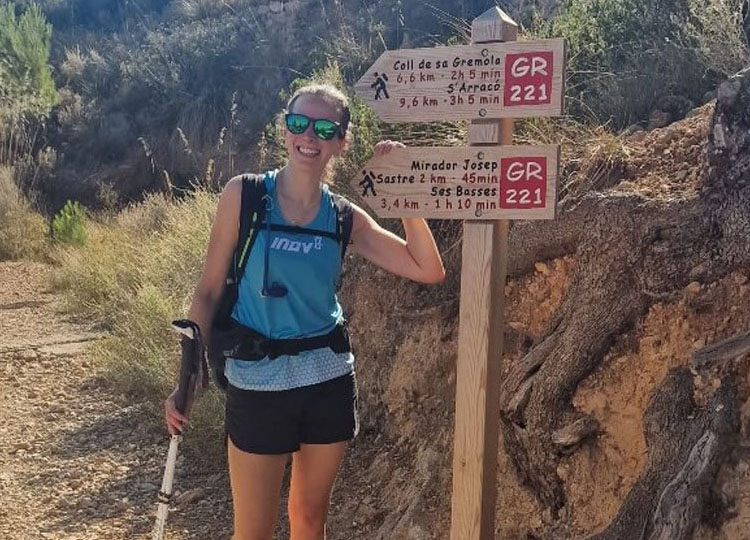
Preparation
Safety should be a primary consideration as adventures do have a tendency to be unpredictable! So check your first aid kit has everything you need to deal with the most common injuries and illnesses. Tick removal tweezers come in handy if you’re walking through a lot of high grass and blister plasters are a must for any first-time long-distance hike.
If your navigation skills are a little rusty, consider signing up to a navigation course. I did a National Navigation Award Scheme (NNAS) ‘Straight to Silver’ course a few years ago and felt incredibly upskilled and empowered to plan my own solo long distance hill walks afterwards. That said, I always let someone know where I’m going and how long I expect to take before every challenging hike.
Increasing your fitness in general before a multi-day hike is important. If you’re expecting to go from sitting behind a desk 5-days a week to walking 25km a day on a demanding long distance trail, your body won’t know what’s hit it. So get out walking as much as you possibly can in the lead up to your trek.
Logistics
Every now and then you find a multi-day hike that’s a circular – something like the Snowdonia Slate Trail in Wales. This is great because it means you can return to the same start point.
For most long-distance trails however, you have to link the start and end points and it’s the last thing you want to think about when you’re tired at the end of your trail so advance planning is key. I caught three buses to link the start and end points of the Norfolk Coast Path and it took half a day.
If hiking with a friend you can consider leaving a car at the start and another at the finish which is handy. My most remote hike was the Sutherland Trail in northern Scotland, for this I had to hitch-hike 84 miles between the start and finish points. Where there’s a will there’s a way! Top tip – do the hitch hiking at the beginning so every step you take on the trail gets you closer to your car.
Another important task is to review where you’re going buy food and top up your water supplies in advance. You pass a shop every day on some trails, but on others you can go over a week without seeing a shop, so make sure you do your research, and check the shop opening hours too so you’re not caught out by those pesky Sunday opening hours.
Budget
Decide on your budget and stick to it. Have you considered wild camping along the route to decrease costs? Practically, this is much harder to do on low level hikes where trails pass through privately owned land, but if you’re hiking in Scotland then the camping opportunities are more plentiful. It also means you can walk for as long as you want each day as you’re not tied to as tight of a schedule. Wild camps should always be stealthy - arrive late, leave early and leave no trace.
If you can afford to treat yourself to a bath and a good meal at the end of each day of hiking, a route like the South Downs Way would be a great option. You’ll easily find hotels, Airbnbs and hostels that are on or close to the trail all the way along.

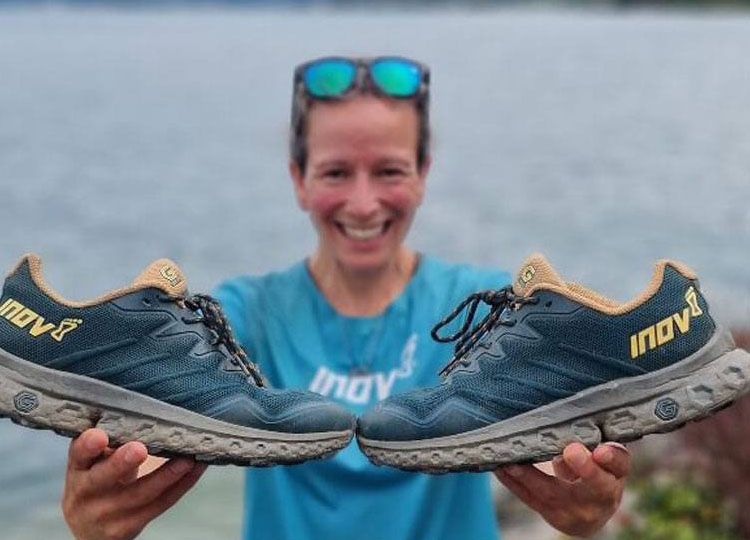
Kit yourself out
Footwear
I prefer shoes to boots for my long-distance hiking trips. I also go for maximum cushioning to increase my chances of avoiding blisters. My favourite long distance hiking shoes are the ROCFLY G 350. I wore them for 3 multi-day hiking trips in a row this summer – 115km along the GR221 in Mallorca, followed by 95km on the Coronallacs trail in Andorra and 700km across the Swiss Alps on the Alpine Passes Trail.
In colder weather I opt for the ROCFLY G 390 GTX boots as they keep me warm and dry on those wintry days.
Our feet are very different so find a pair of hiking shoes or boots that work for you and bed them in before you set off. I recommend visiting one of INOV8’s stores to get the best personalised advice.
Clothing
On summer long distance hikes I wear the following INOV8 gear:
- Train Lite 5” Shorts
- Base Elite Short Sleeve Base Layer 3.0
- Performance Hybrid Jacket
- Thermoshell Pro Insulated Jacket
- Stormshell Waterproof Jacket
- Trailpant Waterproof Trousers
- Race Elite Peak 2.0 Cap
As autumn sets in, I swap my shorts for trousers - the Venturelite Pants are my 'go-to' hiking trousers for colder weather. I also layer up with the Venturelite Mid Hoodie and add thicker socks, gloves, beanie and a buff to my kit list.
Camping
If you’re camping along your route, you’ll need a lightweight tent, a sleeping mat to help insulate you from the rising cold of the ground and a sleeping bag to keep you toasty warm.
Some of my favourite camping kit items are:
- MSR Hubba NX Solo Backpacking Tent
- Thermarest NeoAir XLite NT Ultralight Sleeping Pad
- Enlightened Equipment Revelation 30F Down Quilt
- I keep all of my kit in drybags so that they’re protected from rain which you’re almost guaranteed to get on any UK multi-day hike.
Most importantly of all I carry a trowel so I can bury my human waste far away from water sources and a good 6-8 inches deep underground. You never tend to stumble across a toilet when you need one on a long-distance trail so it’s best to be prepared.
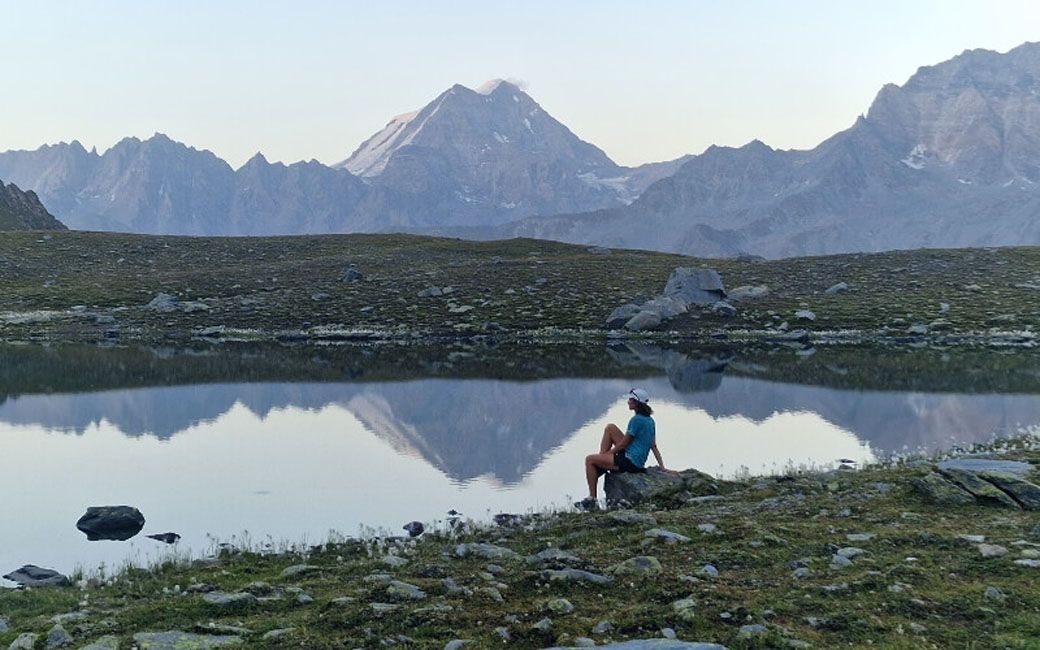
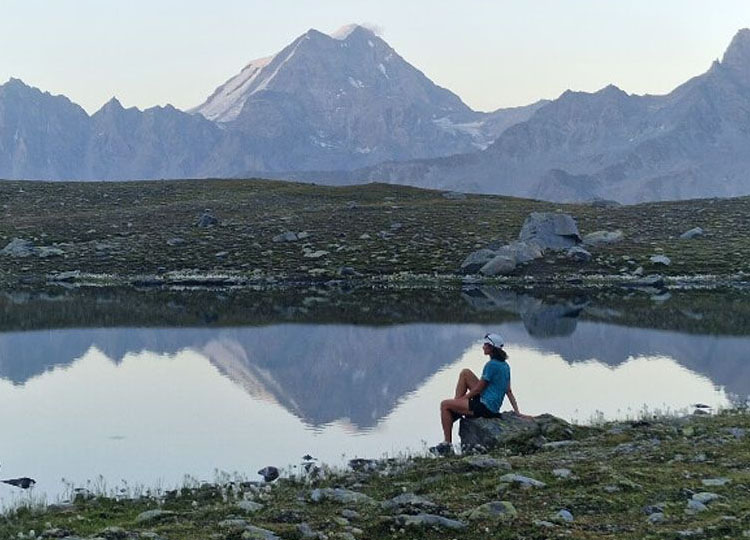
Food & Drink
Food is a major motivator on a long-distance trip, so unless you fancy ‘cold soaking’ meals or splashing out on expensive pub food every night, you’ll need to carry a camping stove.
For long distance camping trips where all I need to do is boil water to add to dehydrated food, I carry:
- An ultralight camping stove (and gas canister)
- A cooking mug which can be used as a mug but also a cooking pot on the stove
- Dehydrated meals
- Freeze-dried meals
- A bag of cous cous also goes a long way and you can throw in cans of tuna, meat, sweetcorn or other veg, sauces or spices to make it your own
- I always carry more food than I think I’ll need in case something unforeseen happens. My favourite snacks for multi day hikes are salt and vinegar crisps, cheese (Babybels) and nuts.
Along my long distance routes I filter stream water using a Platypus Quickdraw water filter. You’re carrying an extra 1kg of weight for every 1 litre of water you carry which doesn’t include the bottle so filtering as you go means you can save a lot of weight on your back. Check your map for potential water sources in advance so you don’t get caught out.
Navigation
The UK’s National Trails are a great place to start if you’re looking to hike your first long distance trail. These trails are generally well marked with acorns and it’s easier to stay on the trail if you have these little prompts to keep you on the right path.
I download my route so it’s available on my phone on komoot and use that to make sure I’m on track. It also syncs to my sports watch so I can follow the route on my wrist too.
It’s always wise to carry a paper map and compass. Many hikers will use this as their primary navigation aid but I prefer to have it as an emergency back-up. I like that I can keep my speed up if I navigate on my watch and make quicker progress along the trail but it really comes down to personal preference.
Nic's final thought
My final advice – embrace the feral! You’re going to be unwashed and sweaty but you’ll have a big smile on your face. So don’t forget to breathe it all in. By the time you get home you’ll be planning the next one.
Now, put your Out of Office on and go smash those miles!
You can find all of Nic’s multi-day hiking routes over on Nic’s komoot profile and further information on her website.
